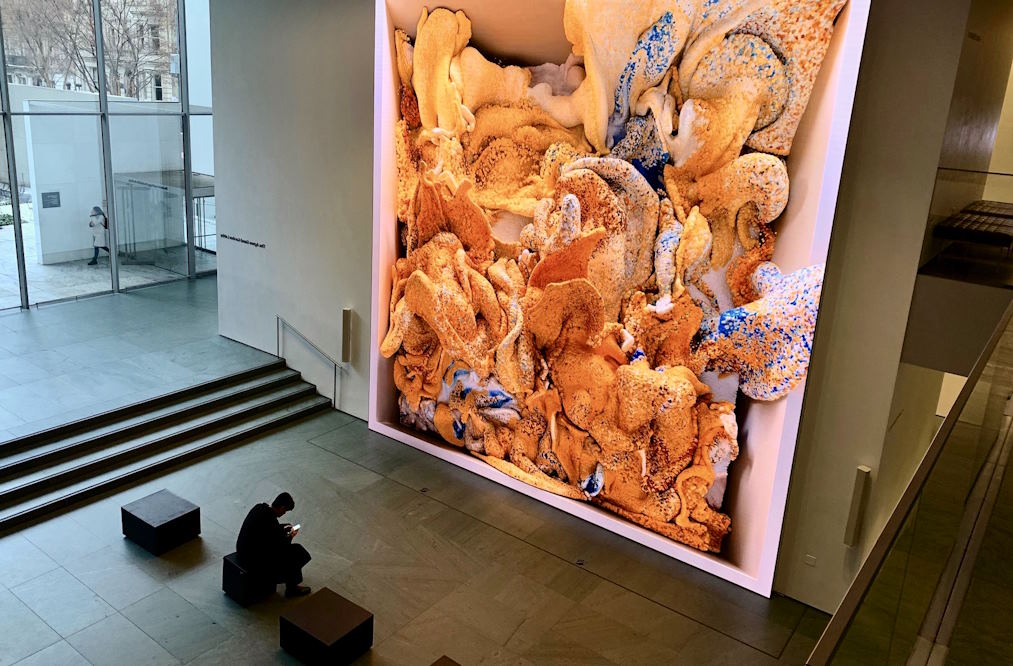As society hurtles forward into the digital age, artists are increasingly harnessing the power of technology to redefine the boundaries of expression, accessibility, and audience engagement. From interactive installations to virtual reality experiences, the infusion of technological elements has not only reinvigorated the traditional art landscape but has also opened up new dimensions for artistic exploration.
Interactive Installations
Interactive installations have become a cornerstone of modern art exhibitions, seamlessly blending technology with artistic expression to create immersive and participatory experiences. These installations not only challenge the traditional boundaries between the artwork and the observer but also redefine the spectator’s role as an active participant. From motion sensors to touch-sensitive interfaces, a myriad of interactive technologies has found a home in contemporary art spaces.
Case studies vividly illustrate the profound impact of interactive installations on audience engagement. Take, for instance, Random International’s “Rain Room,” where visitors navigate a simulated rainfall without getting wet, creating a mesmerizing dance between technology, nature, and the observer. This installation not only captivates the audience visually but also sparks contemplation on the intersection of humanity and the elements. Similarly, Olafur Eliasson’s “The Weather Project” invites visitors to bask in the glow of an artificial sun, prompting a collective and interactive exploration of the relationship between the individual and the environment.

Virtual and Augmented Reality
The fusion of virtual and augmented reality has become a catalyst for a paradigm shift in the landscape of art exhibitions, ushering in a new era of immersive and boundary-defying experiences. Virtual reality (VR) and augmented reality (AR) technologies are redefining the way audiences perceive and interact with art, transcending the limitations of physical space.
Analyzing the transformative impact of virtual and augmented reality on the art exhibition experience reveals a seismic shift in the traditional dynamics between artwork and observer. With VR, patrons can be transported to fantastical realms or explore the depths of an artist’s creative process, all from the confines of a gallery space. Augmented reality, on the other hand, overlays digital elements onto the physical world, creating a dynamic fusion of the real and the imagined.

Challenges and Criticisms
While the integration of technology into art exhibitions has opened up new avenues for creativity, it is not without its share of challenges and criticisms. One significant concern revolves around the potential loss of the traditional art experience and authenticity. As museums and galleries increasingly adopt interactive technologies, there is a growing worry that the tangible, contemplative nature of the traditional art-viewing experience may be compromised. Critics argue that the allure of standing before a canvas or sculpture, absorbing its nuances and details, could be overshadowed by the distractions introduced by technological elements.
Moreover, the rapid evolution of technology raises concerns about the longevity and preservation of digital artworks. Unlike traditional art forms, digital pieces may face obsolescence as hardware and software become outdated, posing a threat to the longevity of these creations.
The overreliance on technology also risks creating a digital divide, excluding certain demographics that may not have access to the required devices or technological literacy. This raises questions about inclusivity in the art world and whether technological advancements inadvertently alienate some audiences.
